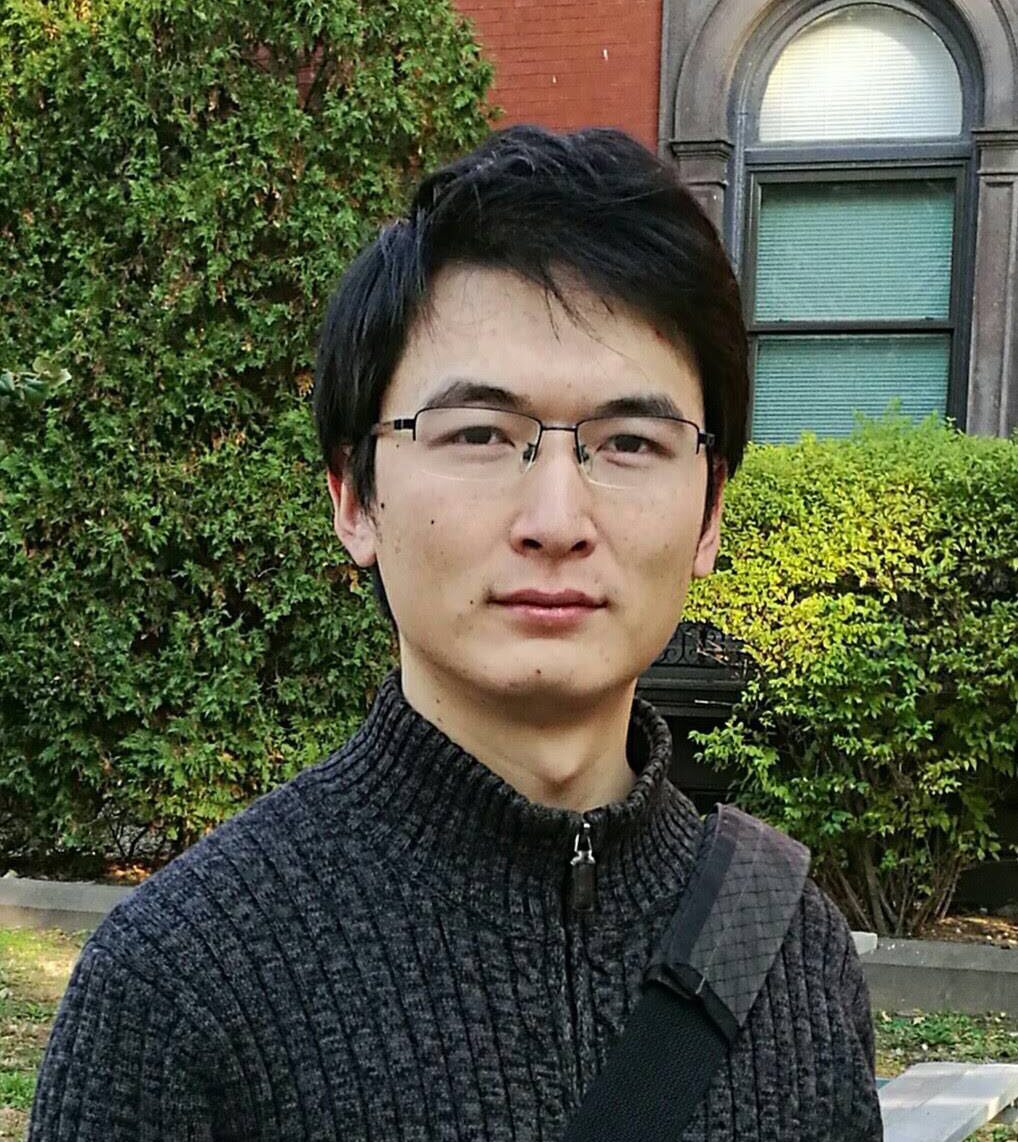Editor: 周婷 Time: 2018-12-25 Number of visits: 393
Title: Lattice QCD and Muon magnetic moment
Speaker: Luchang Jin
University of Connecticut
Place: Room 201, Teaching Building 12
Time: Dec. 28th, Friday, 15:00-16:00
Abstract
Lattice QCD (quantum chromodynamics) provides a systematic way to study the properties of systems of quarks, anti-quarks, and gluons. Studies using lattice QCD usually involves large-scale computations with computer resources on the order of 100 million core hours. I will give a brief introduction to lattice QCD and discuss one of its many applications - muon g-2. The muon g-2 is measured to very high precision by the BNL experiment (E821) and the accuracy will be further improved by the on-going Fermilab experiment (E989). The current experimental result from BNL is 0.00116592091(63). However, this result disagrees with the theoretical calculation (with similar precision) by about 3 standard deviations. This could be a clear signal of physics beyond the standard model if the discrepancy remains after the Fermilab result and more accurate standard model prediction are obtained. Lattice QCD is crucial in obtaining the standard model prediction with needed accuracy, because the current theoretical uncertainty is dominated by the parts described by QCD.
Short Biography

Luchang Jin is an Assistant Professor of Physics at the University of Connecticut. He graduated from Peking University in 2011. Then, he went to Columbia University and received his Ph.D. in 2016, under the supervision of Professor Norman Christ, and earned the Intel Fellowship for exceptional research achievements by a Ph.D. student. Afterward, he joined Brookhaven National Lab as a research associate until his current position in 2017. Luchang is one of the active young experts in lattice QCD calculations, especially those involving QED interactions as well. He has made significant contributions to the theoretical determination of the muon anomalous magnetic moment, where the hadronic part is the leading source of uncertainty and inputs from lattice QCD are crucial. He also helped the development of the framework of quasi-PDF, which allows parton distribution functions to be calculated from the first principle using lattice QCD.
Welcome to attend!

Add: No. 8 Hainayuan Building, Zijingang Campus, Zhejiang University, 866 Yuhangtang Rd, Hangzhou, 310027, P.R. China
Tel: +86-571-87953325
Fax: +86-571-87951895
Email: yongyi@zju.edu.cn